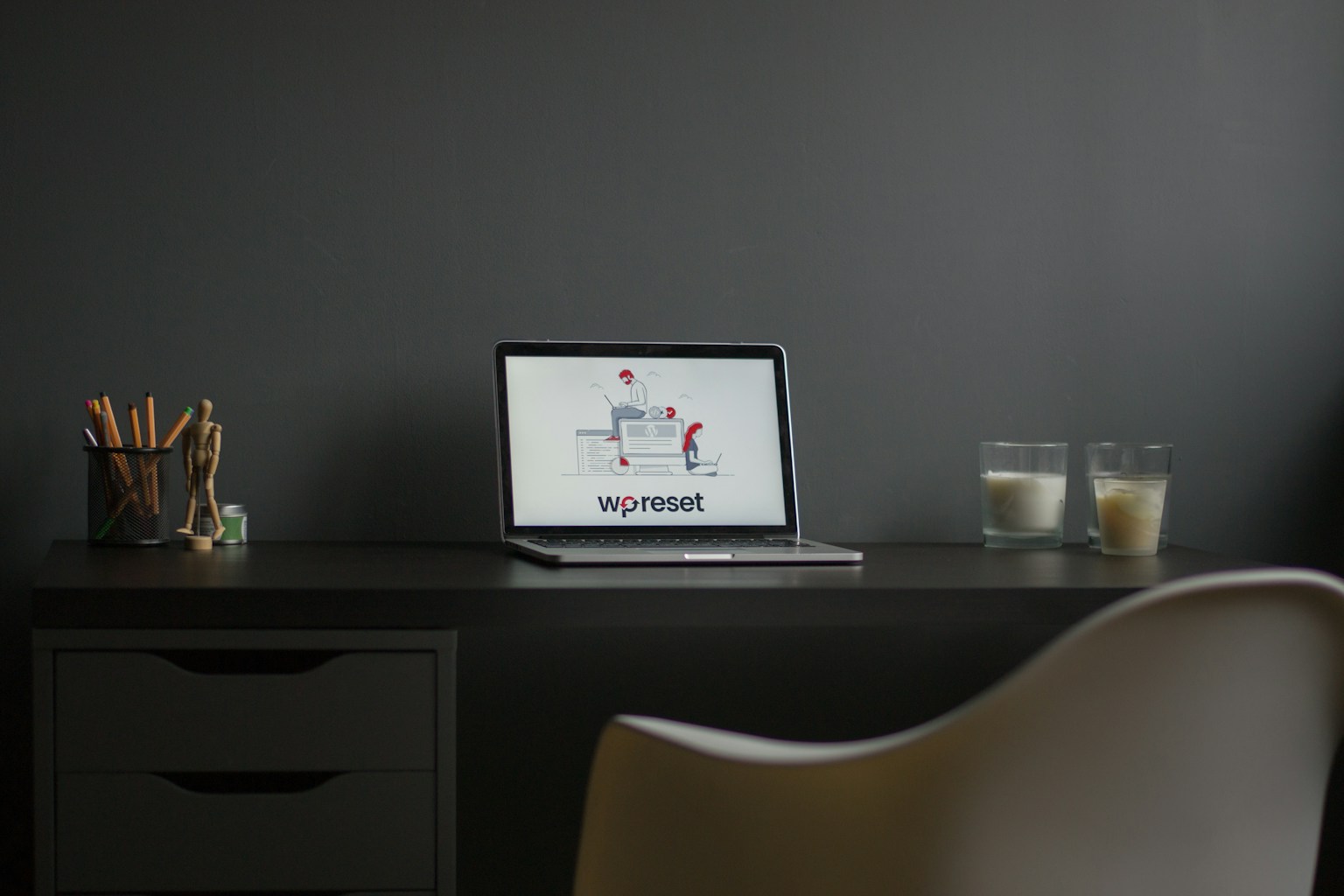WordPress is one of the most popular content management systems (CMS) in the world, powering over 40% of websites globally. Despite its ease of use, many site owners encounter content-related challenges that can impact performance, SEO, and user experience. Understanding common WordPress content issues and how to fix them is essential for maintaining a successful website.

In this guide, we’ll dive into five frequent content problems and provide actionable solutions to resolve them effectively.
1. Duplicate Content Hurting SEO
Issue:
Duplicate content can negatively affect your site’s search engine rankings. Search engines may struggle to determine which version of a page to prioritize, resulting in diluted SEO value. Duplicate content can arise from:
- Multiple URLs leading to the same content (e.g., with and without trailing slashes)
- Content being republished on other sites without canonical tags
- Printer-friendly pages creating duplicates
Fix:
- Use Canonical Tags: Add canonical tags to indicate the preferred version of a page. Tools like Yoast SEO can automate this process.
- Implement 301 Redirects: Redirect duplicate pages to the primary version using a plugin like Redirection.
- Configure URL Settings: Check your permalink structure under Settings > Permalinks to standardize URL formats.
External link example: Learn more about duplicate content from Moz.
2. Outdated or Broken Internal Links
Issue:
As your site grows, old links can become outdated, leading to broken links that frustrate users and harm SEO. Common causes include:
- Deleting or moving pages without updating links
- Changing permalink structures
- Typographical errors in URLs
Fix:
- Use a Link Checker Plugin: Install a plugin like Broken Link Checker to identify and fix broken links.
- Update Permalinks: If you change a page’s URL, set up a 301 redirect to the new link.
- Monitor Links Regularly: Perform routine audits of your content to ensure links remain functional.
3. Poorly Structured Content
Issue:
Content without clear headings, subheadings, or logical flow can confuse readers and hurt your SEO. Poorly structured content often lacks:
- Proper use of H2 and H3 tags
- Lists or bullet points for easy readability
- Breaks in lengthy paragraphs
Fix:
- Optimize Content Structure: Use headings (H2, H3) to create a clear hierarchy and improve readability. Tools like Grammarly or Hemingway Editor can help simplify your content.
- Add Visual Breaks: Incorporate images, charts, or infographics to break up text-heavy sections.
- Use the Block Editor Effectively: Leverage WordPress’s Block Editor (Gutenberg) to design well-structured content with blocks for paragraphs, headings, and media.
External link example: Explore content structure tips from Neil Patel.
4. Slow-Loading Content Pages
Issue:
Slow page load times can significantly impact user experience and SEO rankings. Large images, unoptimized videos, or excessive plugins often contribute to this issue.
Fix:
- Compress Images: Use a plugin like Smush to optimize and compress images without compromising quality.
- Enable Lazy Loading: Load images and videos only when users scroll to them by enabling lazy loading with plugins like Lazy Load by WP Rocket.
- Optimize Caching: Use a caching plugin like W3 Total Cache to reduce server response times.
- Use a Content Delivery Network (CDN): Improve global load times by delivering content through CDNs like Cloudflare.
External link example: Check out Google PageSpeed Insights to analyze and optimize your page speed.
5. Missing or Ineffective Metadata
Issue:
Metadata, such as meta titles and descriptions, plays a crucial role in SEO and click-through rates. Missing or poorly written metadata can result in lower rankings and reduced visibility.
Fix:
- Install an SEO Plugin: Use plugins like Yoast SEO or All in One SEO to easily add and optimize metadata.
- Follow Best Practices for Metadata:
- Keep titles under 60 characters.
- Write meta descriptions between 150–160 characters.
- Include your focus keyword (e.g., “common WordPress content issues”).
- Analyze Competitor Metadata: Use tools like SEMRush or Ahrefs to gather insights on effective metadata from competing sites.
Additional Tips to Avoid Content Issues in WordPress
- Perform Regular Content Audits
Regularly review your site’s content to identify gaps, outdated information, and errors. - Backup Your Website
Use plugins like UpdraftPlus to back up your content before making significant changes. - Stay Updated
Keep WordPress, themes, and plugins updated to avoid compatibility issues that could impact content. - Use a Staging Site
Test changes on a staging site before implementing them on your live site to prevent disruptions. - Leverage Analytics
Use tools like Google Analytics to monitor performance and identify pages that need improvement.
Final Thoughts
Understanding and addressing common WordPress content issues is essential for maintaining a high-performing website. By resolving duplicate content, fixing broken links, optimizing page load speeds, and enhancing metadata, you can improve both user experience and SEO performance.
Start implementing these fixes today to ensure your content strategy drives long-term success. For further insights, explore the WordPress Support Forums or consult with a professional WordPress developer.



